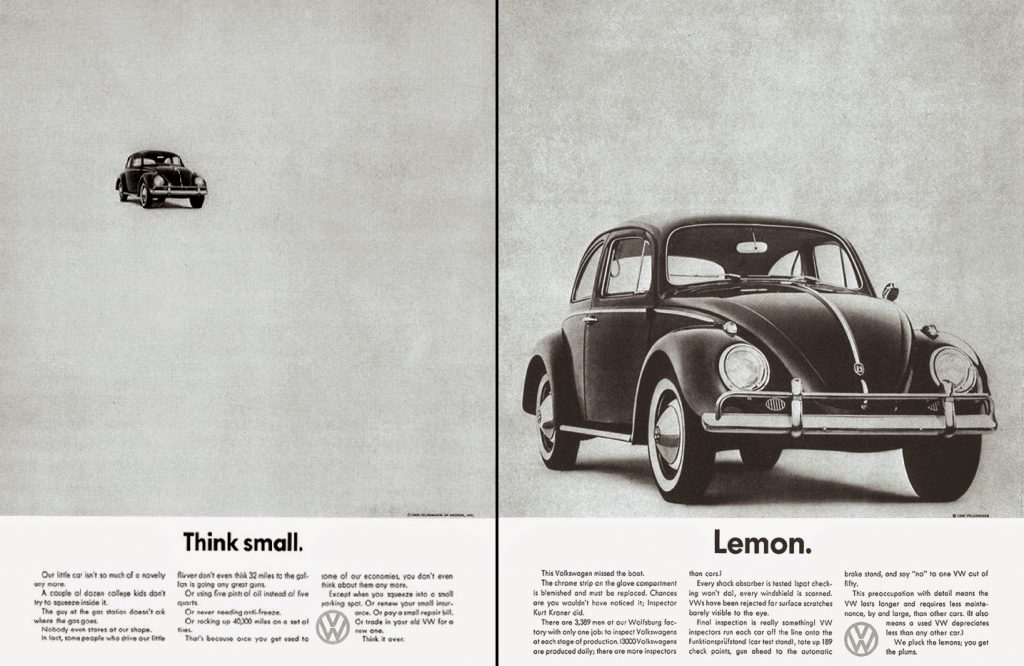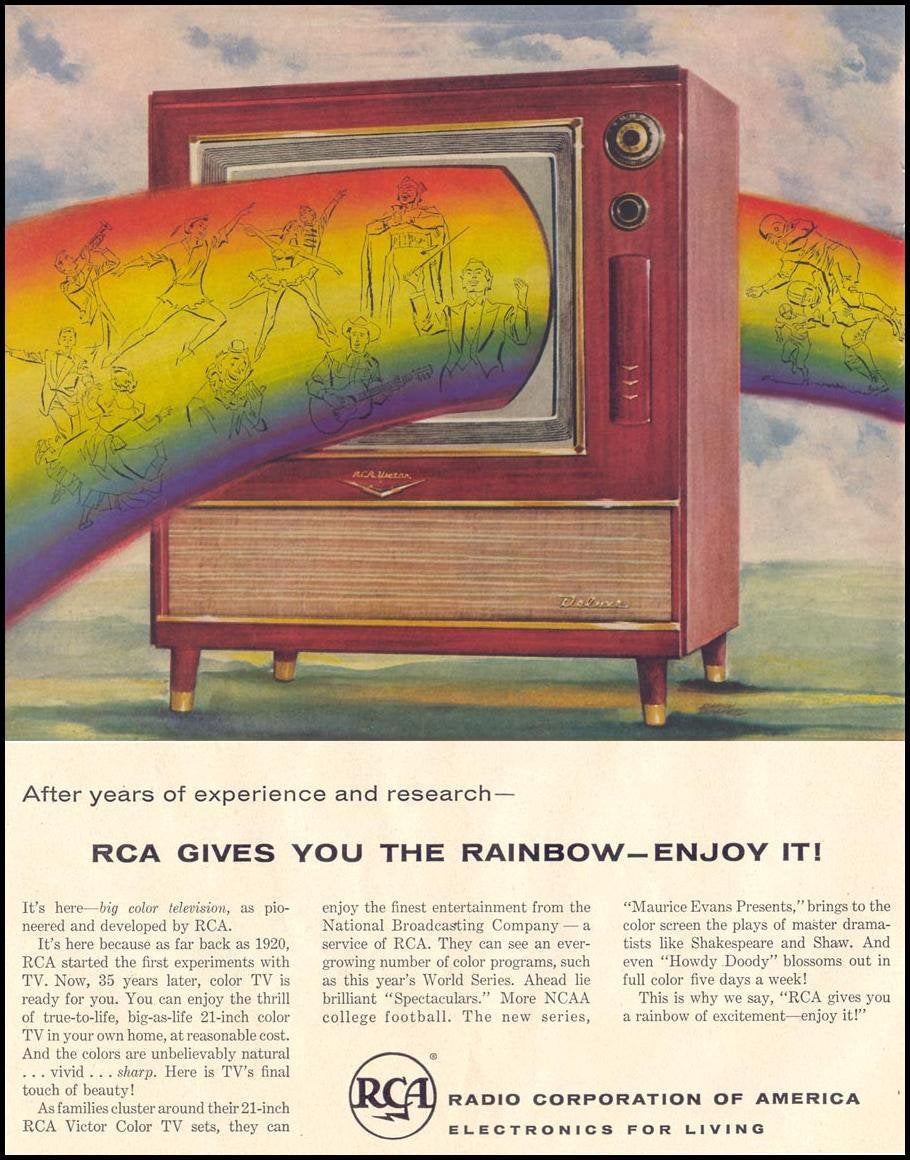
Mae Farrell Karwowski founded and is the CEO of Obviously. Obviously is a global influencer marketing company. She has worked with many brands, including Amazon, Hasbro and Google. Her work has appeared in publications like The New York Times, Wall Street Journal and the Financial Times. Currently, she heads the social strategy department at Obviously.
Mae is a prominent innovator in influencer marketing and is able to offer clients the best service. Her company also uses data analysis to help drive strategies. Obviously has established itself as a global leader in influencer marketing. Obviously is a strategic brand endorsement agency that works with Coca-Cola.

Mae is also a podcaster. This episode she talks about how to deal micro-influencers. These micro-influencers have lower engagement than macro-influencers. They feel less important. This can be a problem for agencies. Here are some valuable tips that she shares to counter this.
Mae also gives her advice to nano-influencers. She also talks about the importance and importance of representing brands. She reminds the listeners that even though they may have a small audience, they are still valuable. Reels, TikTok, tips, and many other topics are offered by her. She encourages all aspiring entrepreneurs "hustle" to do their best. This will ensure their long-term success.
Mae McLaughlin's extensive network has been a key factor in her success in the influencer market. She worked hard to build a network while working at an ecommerce fashion company in New York. After that, she realized the possibilities of social media. Later, she launched a number of Facebook pages to help celebrities. She then worked for Coke Zero on Twitter.
Mae's expertise in marketing has helped her become a top expert in the influencer market. Publications such as the Wall Street Journal, the Financial Times and others have called Mae an industry expert. Throughout her career, she has hosted guest interviews and podcast episodes. You can follow her on Twitter to hear more from her. To find out more about her past work, you can check her profile. It's easy to see why she is such an influential figure within the industry.

While Mae is a known figure in the world of influencer marketing, she's not the only leader in the industry. Maureen L. Farrell (a senior analyst at HUD Boston) and Ryan Hunter Wesely (a New York digital marketing specialist) are two other notables.
FAQ
What is affiliate market?
Affiliate marketing can be described as an online business model. You earn commissions by referring customers who purchase products and/or services on other websites. You get paid by the product owner when someone buys from them.
Referrals are the basis of affiliate marketing. Referring people to your website is all that's required. All they have to do is to refer them the website.
It's possible to make money with no selling. Selling is as easy as buying.
Even affiliate accounts can be set up in just minutes.
You will get more commission if you refer more people.
There are two types:
-
Affiliates who have their website owned by them
-
Affiliates working for companies offering products or services.
What is an advertising buyer?
An advertiser can buy advertising space in TV, radio, or print media.
Advertisers are paid for the time that their message will appear.
They don't necessarily seek the best ad; they want to reach their target markets with the most effective ad.
An advertiser might have information specific to their potential customers such as age and gender, marital status or occupation, hobbies, interests, income, etc.
These data can be used to help advertisers decide the most effective medium. Direct mail might be more effective with older customers, for example.
Advertisers also check out the competition. If there are similar businesses nearby, they might choose to place their ads near those competitors.
In addition, advertisers consider the size of their budget and the amount of time they have to spend their money before it expires.
What are the basics of radio advertising?
Understanding how different media interact with each other is crucial. All media forms can be considered complementary, rather than competing.
Radio advertising is best when used in conjunction with television. Radio can complement TV advertising by reinforcing key messages, and providing additional information.
TV commercials are often too long for radio listeners. Radio ads are often shorter and cheaper.
How can I choose my target audience
Start with yourself, and the people closest to you. If you don’t know where or how to start, ask yourself "Whom are I trying to reach?"
Ask yourself the following questions: Who are my industry's most influential people? What problems do they have to deal with every day? Who are my top-ranking people? They hang out online.
Take a look back at how you started your company. What was your motivation for starting? What problem did you solve for yourself, and how did you do it?
These questions will enable you to identify your ideal client. This will allow you to learn more about your ideal customers and their motivations for buying from you.
To get clues about who they cater to, you can also check out your competitors' social media pages and websites.
Once you identify your target customers, then you must decide which channels to use to reach these people. For example, if your company provides services to real estate agents, you might create an informational website targeting home buyers.
You could create a blog if you offer software to small business owners.
If you sell clothing, you can create a Facebook fan page for teens. For parents who are looking for child-friendly restaurants, you might set up your own Twitter account.
This is the point: There are many ways to communicate your message.
How much does advertising on social media cost?
If you decide to go this route, you should know that social media advertising is not free. Based on the time spent on each platform, you will be charged monthly.
Facebook: $0.10 per 1,000 impressions
Twitter - $0.20 Per 1,000 Impressions (if you tweet).
If you send invitations, Linkedin: $0.30 per 1,000 impressions
Instagram: $0.50 per 1,000 impressions
Snapchat – $0.60 per 1,000 impressions ($0.40 for each user)
YouTube - $0.25 for 1,000 views
Tumblr Text Posts - $0.15 Per 1,000 Impressions
Pinterest - $0.05 per 1,000 impressions per month
Google + $0.15-$0.20 for 1,000,000 impressions
Tumblr: $0.15-$.20 per 100,000 impressions
Vimeo – $0.20- $0.25 Per 10,000 Impressions
Soundcloud: $0.20-$0.25 Per 1 Million Plays
StumbleUpon - $0.20 -$0.25 per 1 billion pageviews
Digg - $0.20 - $0.25 per 1000 diggs
Reddit: $0.20-$0.25 for 1000 comments
Wordpress - $0.20 to-$0.25 for 500 comments
Flickr - $0.20 -- $0.25 per 5,000 photo uploads
Advertising: What does it mean?
Advertising is an art. It's not just about selling products. It's about building emotional connections between brands and people.
Advertising is all about telling stories with images and communicating ideas.
You must communicate clearly and persuasively. Also, you must share a story which resonates with your target markets.
Advertising is therefore different from other forms such as presentations, writing, and public speaking.
Because when you create a successful ad campaign, you are creating a brand identity for yourself.
This is how to be remembered. You become someone that people remember.
Why use social media for advertising your business?
Social Media Marketing (SMM) allows you to reach customers where they are - on social networks such as Facebook, Twitter, LinkedIn, YouTube, Google+, etc. These networks can be targeted with keywords.
This advertising method is much more affordable than traditional marketing methods because it costs less to market online. This allows you to establish strong relationships with current and future clients.
It is easy to use social media to promote your company. You only need a smartphone or computer and internet access.
Statistics
- It's 100% reliant on your website traffic. (quicksprout.com)
- This means that at least 50% of an ad needs to be shown on the screen for at least one second. (quicksprout.com)
- Nonetheless, advertising spending as a share of GDP was slightly lower – about 2.4 percent. (en.wikipedia.org)
- Google will display whichever ad type (CPM or CPC) is expected to earn more revenue for the publisher, which is in Google's best interest since they take a 32% share of the revenue. (quicksprout.com)
External Links
How To
How do I place my advertisement on a billboard
Billboards have been around since the late 1800s, but they were first made popular during World War II when they became standard fixtures along roadsides and highways. Most billboards are text-based advertising. Some also include photographs or artwork. Most billboards are static. However, others display messages that can change often, such as weather forecasts or stock prices.
Billboards most often are found outside, but there are indoor versions. Outdoor billboards are usually seen by motorists passing by them several times per day. Indoor billboards may only be viewed once every few year. A "cubic" outdoor billboard is the most popular type. It is made up of three layers: two sheets of glass sandwiched between a layer of fiberglass mesh and one sheet of glass. This design allows air circulation through the billboard. It keeps it cool during hot weather and warm during cold.
Billboard Advertising Inc. is a company that advertiser pay to have their ads displayed on its billboards. It owns and operates many North America's largest billboard advertising companies. These companies then offer space on their billboards for advertisers. These spaces are bought by advertisers based on their advertising budget. They choose the best areas for their ads based primarily on the location of people who drive or walk most often.
In addition to selling ad space, Billboard Advertising Inc. has contracts with local governments to erect signs on city property. Some cities allow billboards everywhere, others only in certain areas. Chicago, for example, requires billboards to be kept at least 1,000 feet away from highways. Other cities require that billboards be placed no closer than 500 feet from a school or church.
Billboard Advertising Inc. has agreements to promote products and/or services throughout the United States.